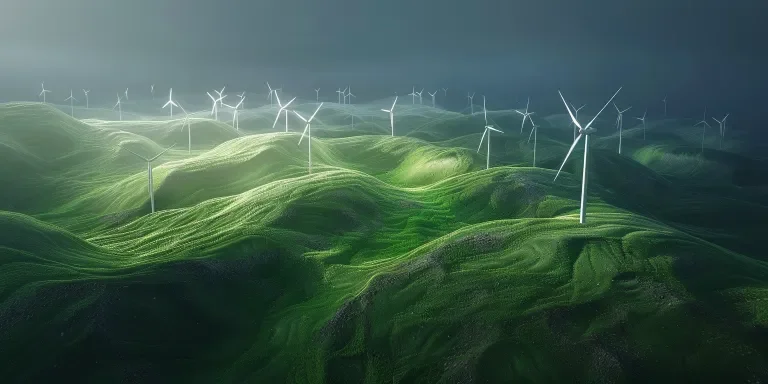The landscape of the United Kingdom is changing, not just in its physical appearance but also in its energy generation matrix. Wind power, a cornerstone of renewable energy, is playing a pivotal role in this transformation. This article delves into the essence of wind power in the UK, exploring its current state, the technology behind it, environmental impacts, economic benefits, and the challenges it faces. As we journey through these sections, we aim to provide a comprehensive understanding of wind power’s significance in the UK’s quest for sustainability and energy independence.
Table of Contents:
– The current state of wind power in the UK
– Understanding wind turbine technology
– Environmental impacts of wind power
– Economic benefits of wind power in the UK
– Challenges facing wind power in the UK
The current state of wind power in the UK
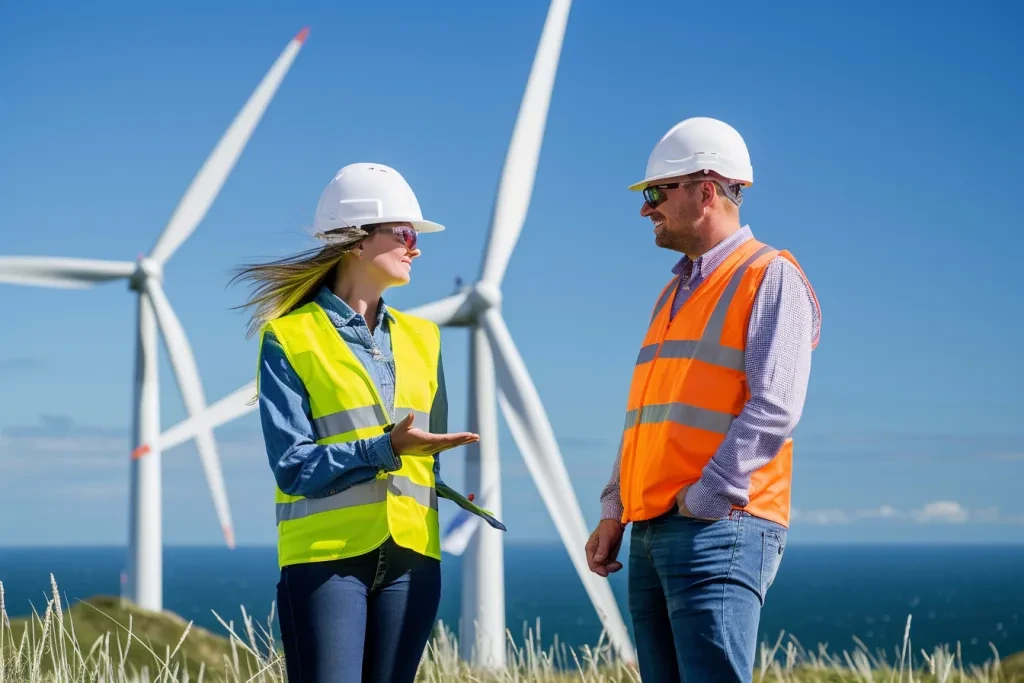
The UK’s commitment to reducing carbon emissions has seen a significant shift towards wind power. With its vast coastlines and open plains, the UK is an ideal location for both onshore and offshore wind farms. Currently, it stands as one of the leading countries in wind energy generation, contributing a substantial percentage to the national grid. This shift not only highlights the country’s move towards sustainable energy but also sets a precedent for renewable energy adoption worldwide.
Wind power in the UK has seen exponential growth over the past decade. The government’s supportive policies and investments in renewable energy infrastructure have played crucial roles in this development. Today, wind turbines dot the landscape, symbolizing a cleaner, greener future. This growth is not just a testament to the country’s technological advancements but also to the societal shift towards recognizing the importance of renewable energy sources.
The future of wind power in the UK looks promising. With plans to expand capacity and improve efficiency, the aim is to meet a significant portion of the country’s energy needs through wind power. This ambitious goal reflects the UK’s commitment to combat climate change and lead by example in the global transition to renewable energy.
Understanding wind turbine technology
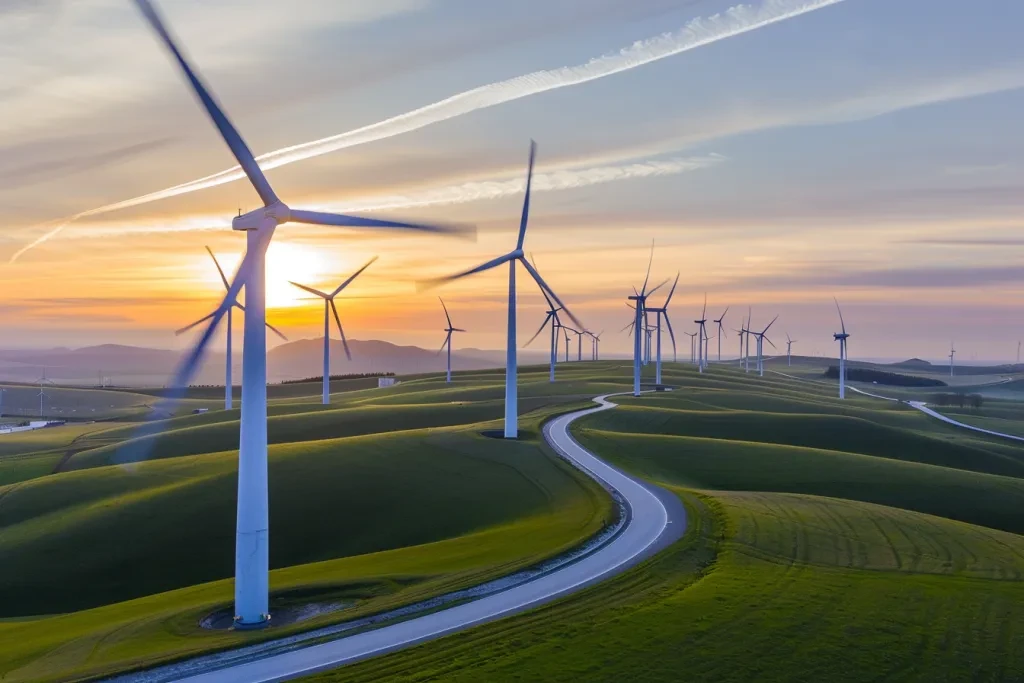
Wind turbines are the heart of wind power generation. These towering structures harness the kinetic energy of wind, converting it into electricity. The technology behind wind turbines is both fascinating and complex. It involves aerodynamic blade design, efficient generators, and sophisticated control systems to maximize energy capture and conversion.
The efficiency of wind turbines has significantly improved over the years. Innovations in materials science and engineering have led to lighter, stronger blades and more efficient generators. These advancements allow turbines to operate in a wider range of wind speeds, increasing their capacity factor and making wind power a more reliable energy source.
Offshore wind turbines represent the cutting edge of this technology. Installed in the sea, these turbines can capture stronger, more consistent winds than their onshore counterparts. The UK, with its extensive coastline, is at the forefront of offshore wind technology, investing in larger turbines and exploring deeper waters to harness the full potential of the wind.
Environmental impacts of wind power
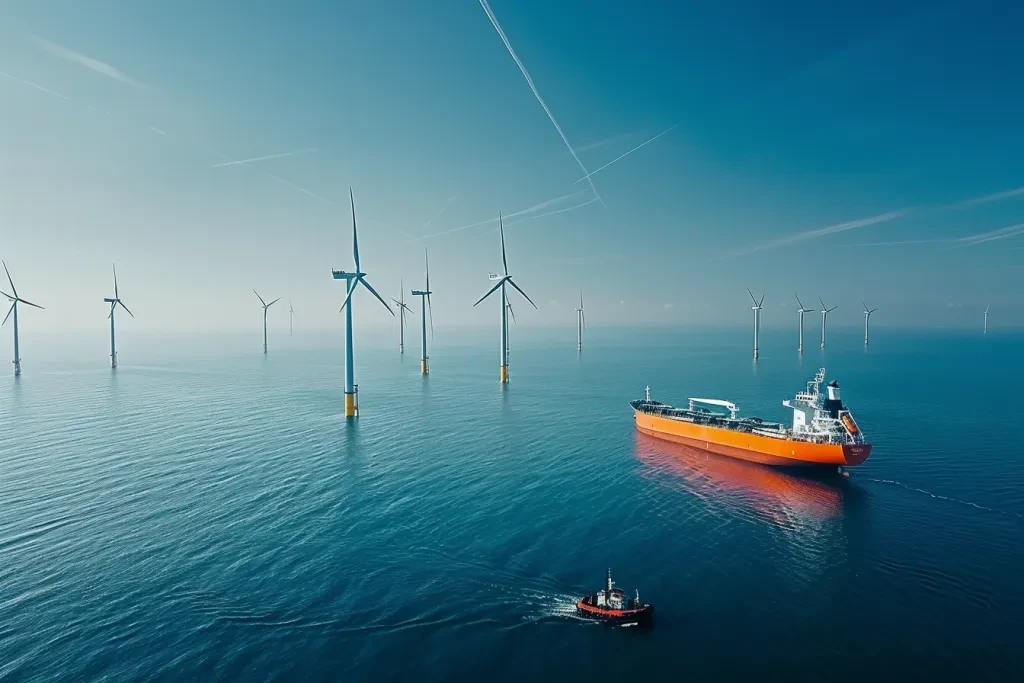
Wind power is celebrated for its low environmental impact, especially when compared to fossil fuels. It generates electricity without emitting greenhouse gases or pollutants, contributing to cleaner air and a healthier planet. However, like all energy sources, it does have some environmental footprint, primarily related to land use and wildlife.
The installation of wind farms, especially onshore ones, can lead to habitat disruption. Careful site selection and planning are essential to minimize this impact, ensuring that biodiversity is preserved. Offshore wind farms, while less intrusive on land ecosystems, require careful consideration of marine habitats.
The lifecycle emissions of wind turbines are remarkably low. From manufacturing and installation to operation and decommissioning, the carbon footprint of wind power is minimal. This makes wind energy a key player in the global effort to reduce carbon emissions and combat climate change.
Economic benefits of wind power in the UK
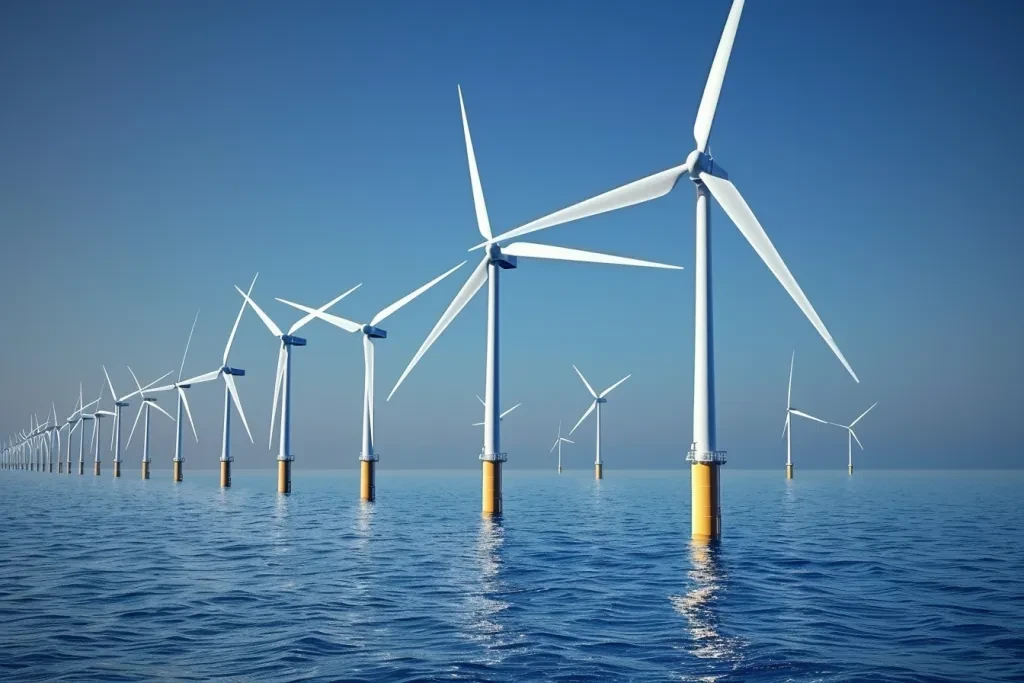
Wind power contributes significantly to the UK’s economy. It creates jobs, stimulates investment in rural and coastal areas, and reduces dependency on imported fossil fuels. The growth of the wind energy sector has led to the development of a domestic supply chain, supporting local businesses and fostering innovation.
The cost of wind power has dramatically decreased over the years, making it one of the most cost-effective sources of new electricity generation. This trend is expected to continue, benefiting consumers through lower energy bills and contributing to energy security.
Wind power also offers an opportunity for the UK to position itself as a global leader in renewable energy technology. By exporting expertise, technology, and services, the UK can enhance its economic standing and play a crucial role in the international renewable energy market.
Challenges facing wind power in the UK
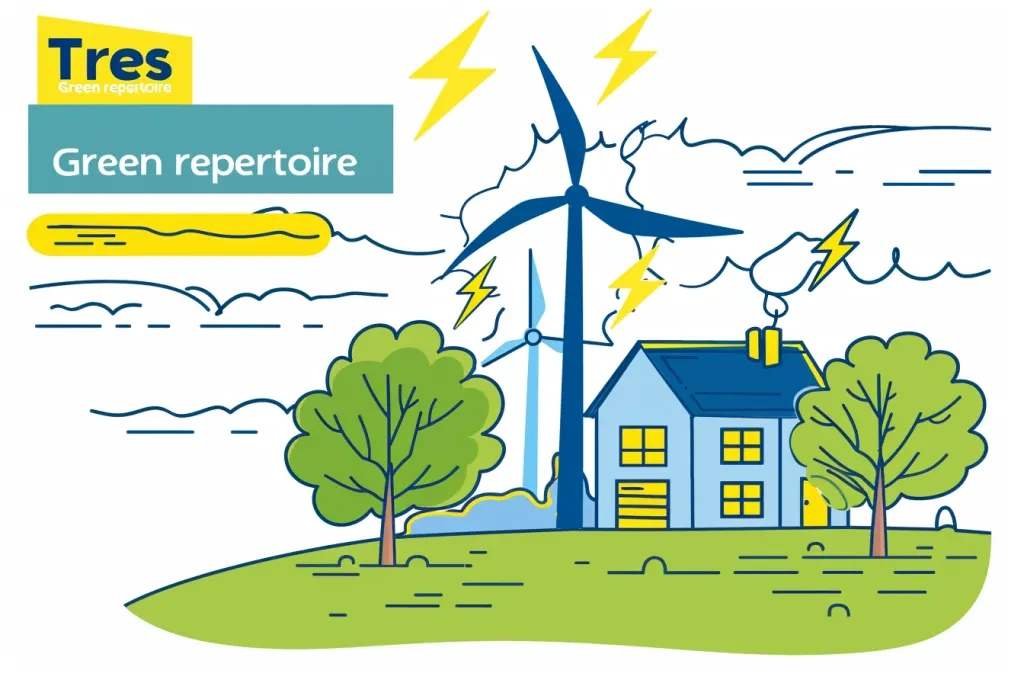
Despite its potential, wind power in the UK faces several challenges. These include public opposition to wind farm developments, the intermittency of wind, and the need for grid infrastructure upgrades to accommodate fluctuating wind power generation.
Addressing these challenges requires a balanced approach, involving community engagement, investment in energy storage and grid flexibility, and continued technological innovation. Overcoming these obstacles is essential for the UK to fully realize the benefits of wind power and achieve its renewable energy goals.
Conclusion:
Wind power in the UK is at a pivotal point. Its growth, driven by technological advancements and policy support, is transforming the energy landscape. While challenges remain, the potential benefits—environmental, economic, and social—are immense. As we move towards a more sustainable future, wind power stands as a beacon of hope, symbolizing the UK’s commitment to clean, renewable energy.
